Garlics, that pungent little bulb that forms the backbone of countless global cuisines, isn’t a flavor you can afford to be without. But unlike those perfectly uniform vegetables available year-round at the supermarket, fresh garlic has a distinct seasonality that dictates its availability, quality, and even its price. Savvy food businesses, from bustling restaurant kitchens to gourmet food retailers, understand that mastering the ebb and flow of garlic’s seasonal availability is no longer just a good practice—it’s crucial for maintaining consistent supply, managing costs, and delighting customers with flavorful dishes all year long.
This comprehensive guide dives deep into the intricacies of garlic’s seasonality, empowering your business to navigate the peaks and valleys of supply with the confidence of a seasoned chef. We’ll explore optimal sourcing strategies for every season, delve into inventory management techniques that minimize waste and maximize freshness, and unlock the secrets of innovative preservation methods that ensure your kitchen is always stocked with this aromatic essential.
Understanding the Garlic Calendar: When Fresh Garlic Takes Center Stage
Unlike those perpetually-stocked supermarket staples that seem to exist in a time warp of eternal availability, fresh garlic marches to the beat of nature’s drum. Its distinct seasonality dictates when you’ll find the plumpest bulbs bursting with flavor and when you might need to get a bit more creative with your sourcing and preservation strategies. Here’s a breakdown of the garlic year to guide your purchasing and inventory planning:
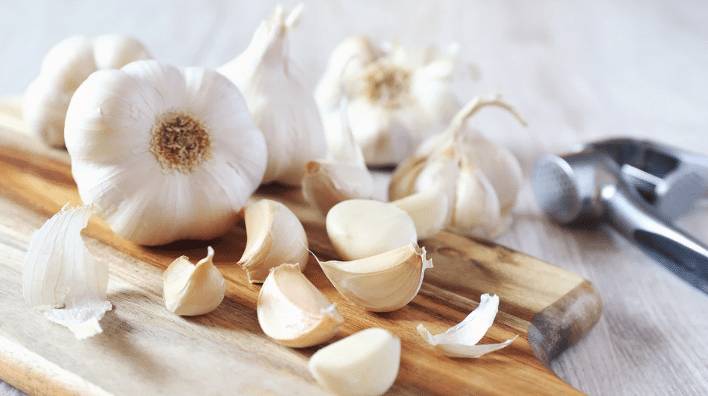
- Late Summer/Early Fall (July-September): This is garlic’s grand debut, its moment in the culinary spotlight! Freshly harvested garlic bulbs, plump and glistening with the promise of pungent deliciousness, flood the market. This is the prime time to procure large quantities of premium garlic, either for immediate use to infuse your dishes with the season’s freshest flavors or for preserving to extend its goodness throughout the year.
- Fall/Winter (October-February): As the days grow shorter and the air turns crisp, cured garlic takes center stage. Curing, a process of carefully drying garlic bulbs to concentrate their flavor and extend their shelf life, allows you to enjoy garlic’s pungent bite well into the colder months. This is the time to stock up on beautifully cured garlic from trusted suppliers or to experiment with curing your own bounty from the late summer harvest.
- Spring/Early Summer (March-June): Fresh garlic becomes increasingly scarce during these months, as the previous year’s harvest dwindles and the new crop is still maturing underground. While you might find some lingering supplies, it’s essential to have a strategic inventory plan in place to bridge the gap until the next harvest. This might involve relying on preserved garlic, exploring alternative forms of garlic, or carefully managing your remaining fresh garlic supply.
Navigating the Garlic Labyrinth: Sourcing Strategies for Every Season
Sourcing garlic isn’t a one-size-fits-all endeavor. Just as a chef carefully selects ingredients tailored to each dish, your approach to sourcing garlic should adapt to the season and your business’s unique needs. Here’s a roadmap to navigate the garlic labyrinth:
- Direct from Local Farms (Peak Season): During the peak harvest season, when the air is filled with the earthy aroma of freshly dug garlic, there’s no better way to source this culinary treasure than directly from local farmers. This approach not only ensures you’re getting the freshest, highest-quality garlic at the peak of its flavor but also allows you to build relationships with the people who grow your food and support your local agricultural community. Consider visiting farmers’ markets, contacting local farms directly, or exploring Community Supported Agriculture (CSA) programs to tap into the bounty of locally grown garlic.
- Wholesale Suppliers (Year-Round): For a consistent, reliable source of garlic throughout the year, partnering with reputable wholesale suppliers is essential. Look for suppliers who prioritize quality, offer a variety of garlic types to suit your culinary needs (from the robust flavor of hardneck garlic to the milder notes of elephant garlic), and provide transparent sourcing practices. Building a strong relationship with a trusted wholesale supplier provides peace of mind, knowing you have a steady garlic supply even when fresh, local options are limited.
- Imported Garlic (Off-Season): When domestic garlic is scarce, or you’re seeking specific varieties not readily available locally, imported garlic can bridge the gap. However, it’s crucial to understand the nuances of importing produce. Quality can vary significantly depending on the source, and logistical challenges, such as longer shipping times and potential customs delays, require careful planning. Thoroughly research potential importers, request samples to assess quality, and factor in potential lead times to ensure a seamless supply chain.
The Art of Garlic Preservation: Extending the Bounty of the Harvest
Preserving garlic at its peak freshness is a culinary act of alchemy, allowing you to capture its pungent essence and enjoy its transformative powers year-round. Here are some time-tested preservation methods to add to your culinary arsenal:
| Preservation Method | Description | Shelf Life | Ideal Uses |
|---|---|---|---|
| Freezing | Peel and mince fresh garlic cloves, then freeze them flat in airtight bags or ice cube trays for easy portioning. This method preserves garlic’s flavor remarkably well and offers unparalleled convenience for busy kitchens. | Up to 12 months | Soups, stews, sauces, stir-fries, and any dish where a burst of garlic flavor is desired. |
| Oil Preservation | Submerge peeled garlic cloves in high-quality olive oil or avocado oil. The oil infuses with the garlic’s flavor, creating a flavorful condiment while preserving the garlic itself. Refrigerate garlic-infused oil for up to 2 weeks. | Up to 2 weeks | Roasted vegetables, dips, salad dressings, drizzled over pasta, or as a flavorful base for sautes. |
| Dehydrating | Slice garlic thinly and dehydrate using a food dehydrator or a low oven setting until the slices are completely dry and crispy. Store dehydrated garlic in airtight containers in a cool, dark place. | Up to 6 months | Spice blends, rubs, soups, stews, or ground into garlic powder for a concentrated flavor boost. |
Important Note: While preserving garlic in oil is a popular method, it’s crucial to follow safe food handling practices to prevent the growth of botulism, a serious foodborne illness. Refrigerate garlic-infused oil immediately and use it within 2 weeks to minimize the risk.
Optimizing Your Garlic Inventory: Strategies for Food Businesses
Managing your garlic inventory effectively is about more than just avoiding the dreaded “garlic out” scenario in the middle of a busy service. It’s about minimizing waste, controlling costs, and ensuring you always have this culinary workhorse on hand to elevate your dishes. Here are some strategies to optimize your garlic game:
- Demand Forecasting: Don’t leave your garlics supply to chance. Analyze historical usage data, factor in upcoming menu specials or seasonal promotions that feature garlics prominently, and consider anticipated customer demand to accurately forecast your garlics needs. This proactive approach ensures you have enough garlic on hand to meet demand without overstocking and risking spoilage.
- First-In, First-Out (FIFO): Implement a First-In, First-Out (FIFO) inventory system for your garlics. This means using older garlic before newer stock, ensuring that your garlics supply is constantly rotating and minimizing the risk of spoilage. Clearly label garlic with its delivery or purchase date to make FIFO implementation seamless.
- Proper Storage: Garlic may be a culinary powerhouse, but it’s also a perishable ingredient that requires proper storage to maintain its quality. Store garlics in a cool, dark, and well-ventilated area to prevent sprouting and mold growth. Avoid storing garlic near moisture-rich produce, such as onions or potatoes, as this can accelerate spoilage. Ideally, store garlics in a well-ventilated container or basket in a cool, dark pantry or cellar.
- Regular Inventory Audits: Don’t wait until you’re scraping the bottom of the garlic bin to realize you need to restock. Conduct regular inventory audits to track garlic levels, identify potential shortages before they become critical, and adjust your ordering schedule accordingly. This proactive approach ensures a consistent garlic supply and allows you to take advantage of bulk discounts or seasonal pricing.
Beyond Fresh: Exploring Garlic Alternatives
While fresh garlic, with its vibrant flavor and aroma, reigns supreme in the culinary world, exploring alternative forms of garlic can provide valuable flexibility and convenience, especially during the off-season or when sourcing fresh garlic proves challenging. Here’s a look at some garlic alternatives to keep in your culinary toolbox:
- Garlic Powder: Made from finely ground dehydrated garlic, garlic powder is a pantry staple that offers a concentrated flavor punch and an incredibly long shelf life. It’s a convenient way to add a boost of garlic flavor to soups, stews, sauces, rubs, marinades, and spice blends.
- Garlic Granules: Similar to garlics powder but with a slightly coarser texture, garlic granules provide a milder, more nuanced garlic flavor. They’re an excellent choice for sprinkling over finished dishes as a garnish, adding to dips and spreads, or incorporating into breadings for a subtle garlics note.
- Garlic Paste: For busy kitchens where time is of the essence, garlic paste offers the convenience of pre-peeled, minced garlic ready for immediate use. While it may not have the same vibrancy as fresh garlic, garlic paste is a practical option for adding garlic flavor to sauces, soups, stews, and marinades.
Reaping the Rewards: The Benefits of Garlic Inventory Mastery
Mastering the art of garlic inventory management isn’t just about checking a box on your to-do list—it’s about reaping tangible rewards that impact your bottom line, enhance your culinary creations, and delight your customers. Here’s a taste of the benefits you’ll enjoy:
- Consistent Supply: Say goodbye to those heart-stopping moments of realizing you’re out of garlics in the middle of a busy service or during a crucial stage of recipe development. Strategic garlics inventory management ensures a steady, reliable supply of this culinary essential, allowing you to focus on what you do best—creating delicious food.
- Cost Optimization: Garlics prices, like all agricultural products, are subject to fluctuations based on supply and demand. By purchasing garlics in bulk during peak season when prices are typically lower and utilizing preservation methods to extend its shelf life, you can lock in lower prices, reduce overall ingredient costs, and improve your profit margins.
- Enhanced Flavor: Fresh, high-quality garlic elevates the flavor of countless dishes, adding depth, complexity, and that unmistakable savory note that keeps customers coming back for more. Mastering garlic’s seasonality ensures that you’re using the freshest, most flavorful garlic available, enhancing the taste of your culinary creations and delighting your customers’ palates.
- Reduced Waste: Food waste is a concern for any business in the food industry, both from an environmental and a financial perspective. Implementing proper storage techniques and a FIFO inventory system for your garlics minimizes waste, saving you money on ingredient costs and reducing your environmental footprint.
Why Choose CAIE for Your Wholesale Garlic Needs?
As a leading supplier of high-quality garlic from Shandong Province, China – the world’s largest garlic-producing region – CAIE offers food processors a unique combination of advantages:
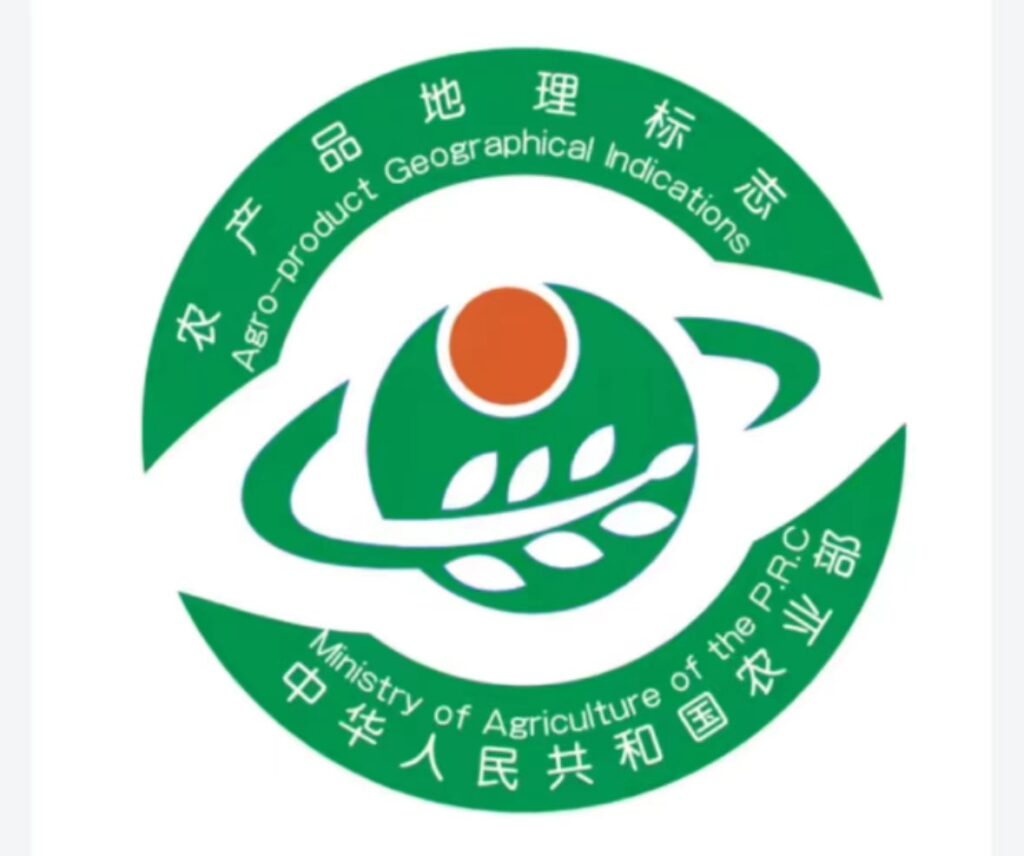

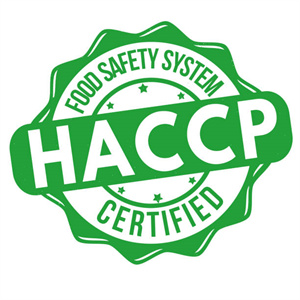
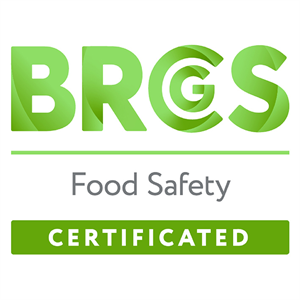
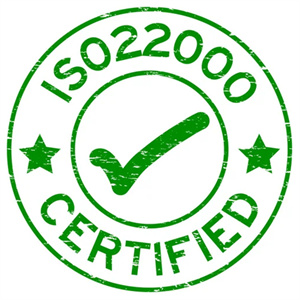
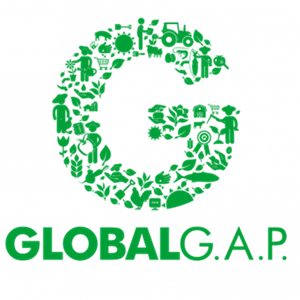
- Unwavering Commitment to Quality: At CAIE, quality is non-negotiable. Our garlics is cultivated on over 10,000 acres of company-owned farms in Jinxiang County and Weifang City, adhering to the highest international standards, including those of the European Union, Japan, and the U.S. From soil analysis and seed selection to green planting and harvesting, we maintain meticulous control over every stage of production to ensure exceptional quality and flavor consistency.
- Reliable Supply & Capacity: With our extensive farming operations, modern storage facilities exceeding 100,000 square meters, and a dedicated logistics team in the Weifang Free Trade Zone, CAIE guarantees a consistent and reliable supply of garlics to meet the demands of even the largest food processors. We offer flexible order sizes, competitive lead times, and the capacity to handle large-scale orders efficiently.
- Garlics Expertise & Customized Solutions: Backed by a team of agricultural experts and a foreign trade division with over 20 years of experience, CAIE provides unparalleled expertise in garlics varieties, forms, and their suitability for specific food processing applications. We work closely with our clients to understand their unique needs and develop tailored solutions, from sourcing specific garlics types to providing custom processing and packaging options.
- Sustainable & Ethical Sourcing: CAIE is committed to sustainable agriculture practices and ethical sourcing throughout our supply chain. We prioritize environmentally responsible farming methods, fair labor practices, and transparency in our operations. By choosing CAIE, you’re not only getting premium garlics but also supporting a company that aligns with your values.
- Partnership Approach & Customer Focus: At CAIE, we believe in building long-term partnerships with our clients based on trust, transparency, and mutual success. Our dedicated customer support team is always available to answer your questions, address your concerns, and provide ongoing support to ensure your complete satisfaction.
Garlics: A Culinary Chameleon Worth Mastering
Garlics, with its pungent aroma, ability to transform dishes from ordinary to extraordinary, and rich culinary history spanning cultures and continents, is more than just an ingredient—it’s a culinary chameleon worthy of respect and mastery. By understanding its seasonal availability, embracing smart sourcing strategies, and mastering preservation techniques, your food business can confidently navigate the garlics landscape, ensuring a year-round supply of this flavor-enhancing ingredient. From minimizing costs to maximizing flavor, mastering garlic’s seasonality is a recipe for culinary success that will elevate your dishes and impress your customers.
